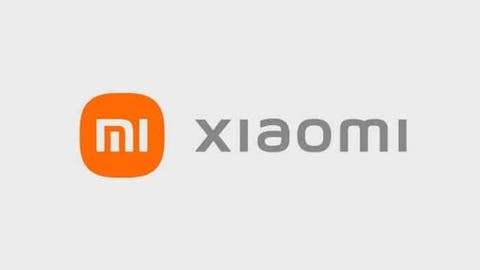A few years ago, Xiaomi announced that it was starting to develop its proprietary mobile chips and was preparing to master a new business for itself. For the company, releasing its own processors means less dependence on third-party companies and better optimization of end devices. The first result of the work was presented in 2017 and it was the Surge S1.
But then the business stalled and to this day the company has not released a sequel to the first processor. Nevertheless, Xiaomi did not abandon the idea of creating branded chips and announced at the beginning of the year that it would continue to invest in their development.
Xiaomi needs specialists to create chips
It’s no secret that the problem of creating mobile chips rests on the need to obtain the necessary patents. You can do without your own production of chipsets, and place their production on the side. Xiaomi has no experience, so it will have to acquire engineers and professionals who will be engaged in the design of processors. These are resolvable issues with sufficient funding and the company has already begun to search for personnel.
A message came from China that Xiaomi intends to reorganize the team of specialists working on mobile chips. It is actively looking for professionals who will help make its plans come true. In parallel, the company is negotiating with other companies for licensing developments and technologies.
How soon all these steps will bear fruit is unknown. Rumor has it that Xiaomi will abandon its policy of actively and aggressively entering the mobile chips market. Its actions will be careful and thoughtful, and it will also start with the release of chips that will find their application in the small devices market, and having already become skilled in the creation of processors, it will also bring a mobile chip to the market.
Xiaomi introduced a frameless Mi Fast LCD monitor with a refresh rate of 165 Hz
The Chinese company Xiaomi has expanded its range of monitors by announcing the new Mi Fast LCD model, which is also suitable for games. The panel has already gone on sale, and its estimated price is 235 US dollars.
The device (code designation XMMNT245HF1) is made on an IPS matrix measuring 24.5 inches diagonally. The resolution is 1920 × 1080 pixels (Full HD), the refresh rate reaches 165 Hz.
The display has a response time of 2 ms GTG, a contrast ratio of 1000:1, a dynamic contrast ratio of 1,000,000:1 and a viewing angle of 178 degrees. VESA DisplayHDR 400 certified; brightness reaches 400 cd/m2.
The monitor boasts a Delta E<2 for maximum naturalness in all shades. It claims 95 percent coverage of the DCI-P3 color space and 100 percent coverage of the sRGB space.
The bezels at the sides and top are only 1.6 mm wide, making the panel ideal for multi-display applications. NVIDIA G-Sync technology is responsible for improving the smoothness of the gameplay.
The display has two HDMI 2.0 interfaces, a DisplayPort 1.2 connector and a standard 3.5 mm audio jack. The monitor also supports wall mounting.
Follow Gizchina.com on Google News for news and updates in the technology sector.
